Jane Goodall Young: A Trailblazer’s Early Years
What sparks a revolution in how we see animals? For Jane Goodall, a young girl with a toy chimpanzee named Jubilee, it was curiosity that lit the fuse. Born in 1934, her youthful adventures laid the foundation for a legacy that reshaped primatology and conservation, proving that passion, not privilege, drives change.
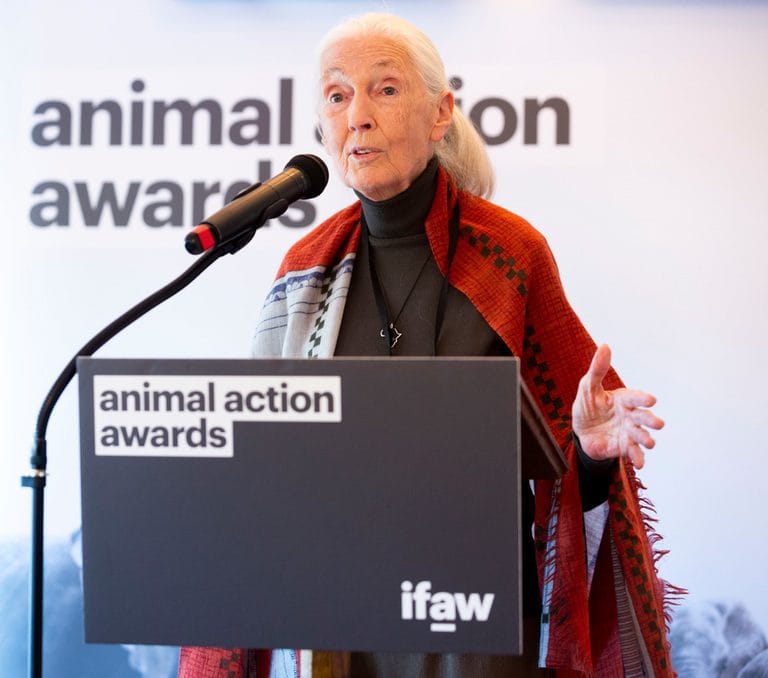
Table of Contents
- Childhood: Roots of Wonder
- Teen Years: Bold Dreams
- Early 20s: Leap to Africa
- Gombe Beginnings: A Young Pioneer
- Challenges as a Young Woman
- Legacy Forged in Youth
- Expert Views on Her Early Impact
- Q&A: Young Jane Goodall’s Journey
- Summary
Childhood: Roots of Wonder
Jane Goodall, born April 3, 1934, in London, England, grew up in a world of post-war grit and imagination. Her father, Mortimer, an engineer and racer, gifted her a stuffed chimpanzee named Jubilee when she was a toddler—a toy she cherished into adulthood, sparking her love for animals. After her parents’ divorce, she moved with her mother, Vanne, a writer, to Bournemouth, where coastal landscapes fueled her fascination with nature.
Young Jane devoured books like Tarzan and Doctor Dolittle, dreaming of African jungles. At 10, she spent hours in a henhouse, patiently observing how eggs were laid—a story she later called her “first scientific experiment.” This taught her the quiet persistence that defined her career. Without wealth or academic clout, her family’s encouragement was her backbone, defying 1940s norms for girls.
Early Influences
- Jubilee’s Spark: The toy chimp symbolized a lifelong primate bond.
- Vanne’s Support: Her mother’s faith nurtured bold aspirations.
- Self-Taught Observation: Backyard studies honed skills for Gombe.
Jane’s childhood wasn’t just whimsical; it built resilience for a world skeptical of women in science.
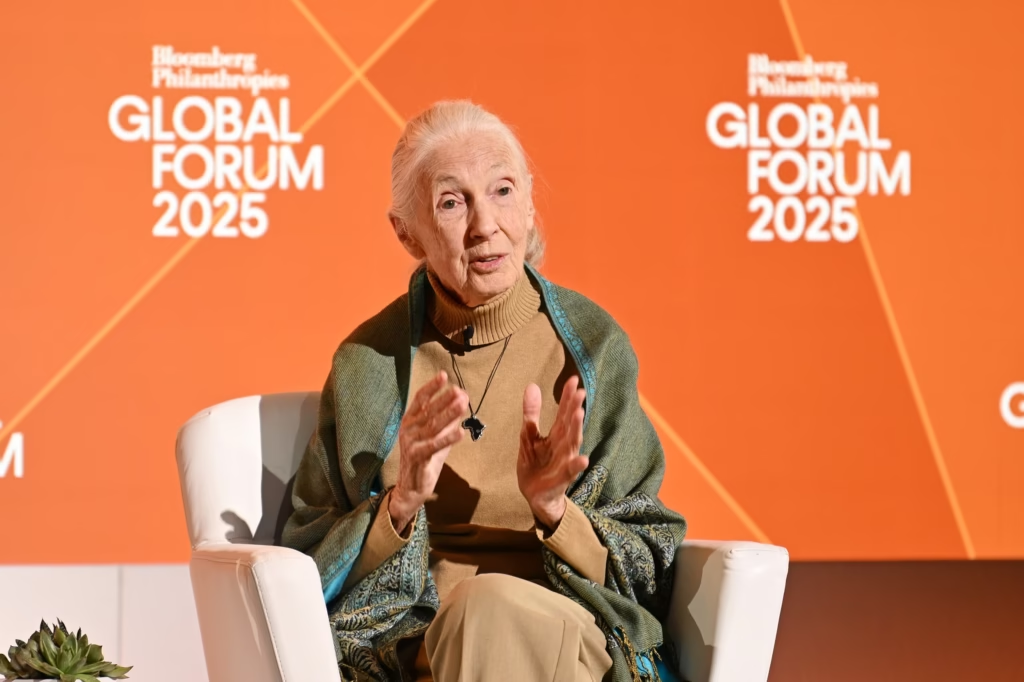
Teen Years: Bold Dreams
As a teenager, Jane Goodall young faced a society that expected women to marry, not explore. Leaving school at 18 without a degree, she took secretarial jobs in London, saving every penny for Africa. Her mother’s mantra—“If you really want something, you work hard”—kept her focused.
By 1955, Goodall’s determination crystallized. She waitressed, typed, and studied, all while reading about wildlife. A friend’s invitation to Kenya in 1957 was her ticket out. At 23, she boarded a ship, leaving England’s drizzle for Africa’s promise, with no formal training but a heart full of resolve.
This period shows youth as a crucible: Limited means didn’t limit her vision. Goodall’s hustle teaches that dreams don’t wait for permission—they demand action.
Teenage Milestones
- Financial Grit: Odd jobs funded her African leap.
- Literary Fuel: Books shaped her scientific lens sans classroom.
- Defiant Spirit: Ignored gender norms, chasing adventure.
Her teens were a masterclass in tenacity, proving outsiders can rewrite rules.
Early 20s: Leap to Africa
At 23, Jane Goodall young landed in Kenya, a vibrant unknown. She secured a job as Louis Leakey’s secretary, the paleoanthropologist who saw her raw potential. Working at Olduvai Gorge, she absorbed fossil hunts and savanna rhythms, her curiosity catching Leakey’s eye. In 1960, he sent her to Gombe Stream Chimpanzee Reserve in Tanzania—age 26, no degree, just nerve.
With her mother Vanne for company, mandated by colonial authorities, Goodall set up a spartan camp. She faced dense jungles, elusive chimps, and skepticism from academics who scoffed at her lack of credentials. Yet, her youth fueled adaptability—she learned Swahili, mimicked chimp calls, and waited weeks for trust.
This leap wasn’t reckless; it was calculated courage. Goodall’s 20s teach: Inexperience is no barrier when paired with purpose.
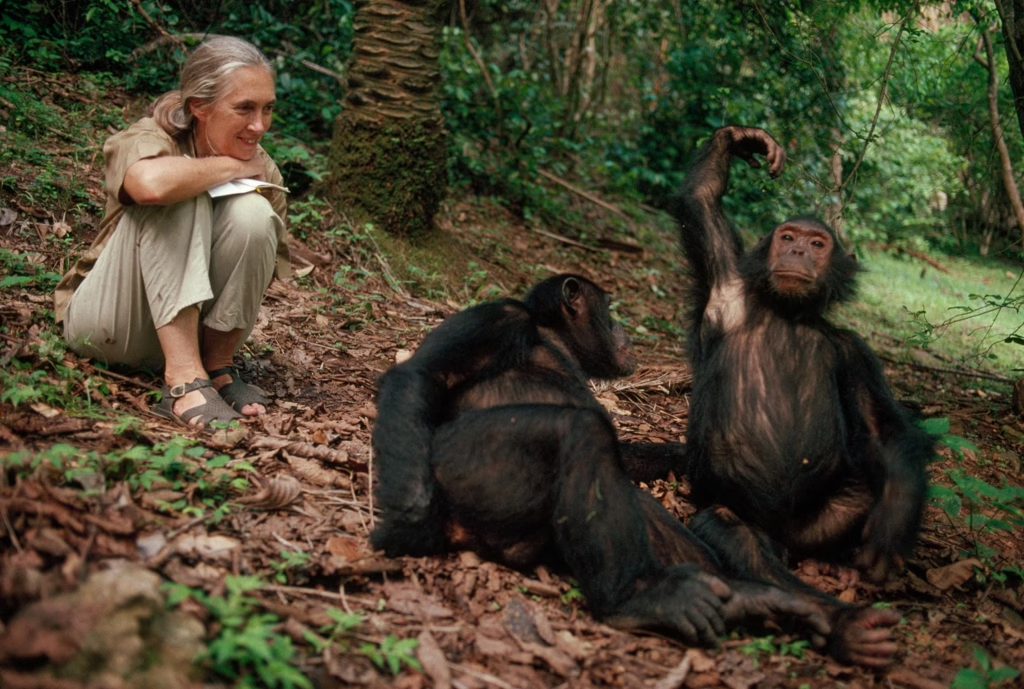
African Foundations
- Leakey’s Mentorship: His trust launched her into uncharted territory.
- Cultural Immersion: Embracing Tanzania’s ways built local alliances.
- Minimalist Start: A tent and notebook sufficed for history-making.
Her early 20s were a pivot from dreamer to doer, setting a global stage.
Gombe Beginnings: A Young Pioneer
In Gombe, Jane Goodall young—barely 26—redefined science. For months, chimps fled her gaze, testing her patience. Armed with binoculars, she sat still, blending into the forest. Her breakthrough came in late 1960: David Greybeard, a chimp, used a twig to fish termites, shattering the “humans-only” tool-use dogma.
Goodall’s naming of chimps—Flo, Fifi, Goliath—humanized them, revealing emotions, hierarchies, and conflicts akin to ours. Her 1963 National Geographic feature brought Gombe to the world, prompting Leakey’s quip: “Redefine tool, redefine man, or accept chimps as humans.” By 1962, Cambridge accepted her for a PhD, earned in 1966 despite no bachelor’s—a testament to her audacity.
Her youth brought fresh eyes, unburdened by academic rigidity. This phase teaches: Outsiders disrupt best when they observe without bias.
Key Discoveries
- Tool Use: Chimp ingenuity mirrored early human survival.
- Social Bonds: Named chimps showed love, rivalry, and grief.
- Method Innovation: Empathy-driven study reshaped ethology.
Gombe’s young Goodall wasn’t just a scientist; she was a storyteller, making chimps our kin.
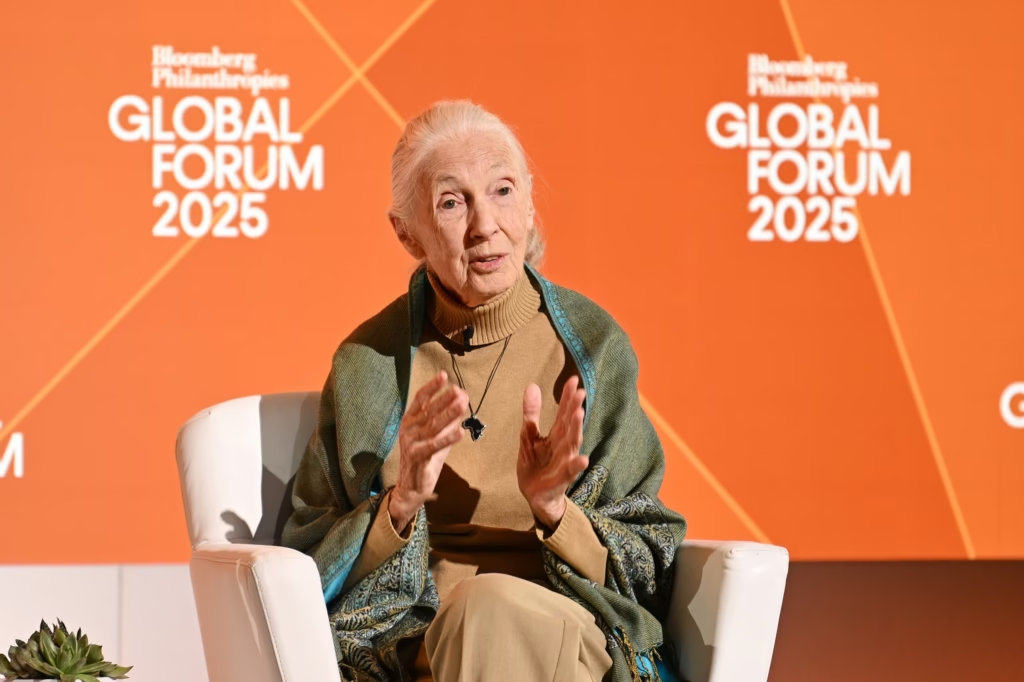
Challenges as a Young Woman
Being Jane Goodall young meant battling a male-dominated field. In the 1960s, academia dismissed her as “Leakey’s girl,” her lack of credentials a constant jab. Sexist critiques targeted her methods—naming chimps was “unscientific,” they sneered. Yet, her findings forced respect, with tool use validated by peers.
Physical dangers loomed: malaria risks, a 1966 hippo chase, and 1975’s kidnapping of Gombe staff by rebels tested her grit. Socially, she balanced expectations as a young wife after marrying Hugo van Lawick in 1964, raising son Grub in a jungle camp. These pressures forged her resilience, proving women could lead in science and motherhood.
Goodall’s youth wasn’t a liability—it was her edge, teaching that barriers are challenges to leap.
Hurdles Overcome
- Sexism Defied: Her data silenced academic gatekeepers.
- Physical Perils: Survived illness and unrest with focus.
- Dual Roles: Blended family and fieldwork, redefining balance.
Her struggles whisper: Youthful audacity outshines doubt.
Legacy Forged in Youth
Jane Goodall young didn’t just study chimps; she reshaped humanity’s mirror. Her early discoveries fueled the Jane Goodall Institute (JGI), founded in 1977, and Roots & Shoots (1991), now in 120 countries, empowering youth to fight habitat loss—chimp populations dropped 90% in her lifetime.
Her youthful methods—empathy over detachment—inspired ethical research laws, like the 2015 U.S. chimp testing ban. Books like In the Shadow of Man (1971) spread her gospel, while her Cambridge PhD at 31 legitimized her voice. A 2022 Mattel doll in her likeness shows her youth’s ripple: inspiring girls to lead.
This era proves: Young dreamers plant seeds that grow global forests.
Lasting Impacts
- Ethical Science: Her methods reduced animal harm in studies.
- Youth Movements: Roots & Shoots harnessed young energy.
- Cultural Shift: Made chimps relatable, spurring conservation.
Her early years built a legacy that endures beyond her 2025 passing.
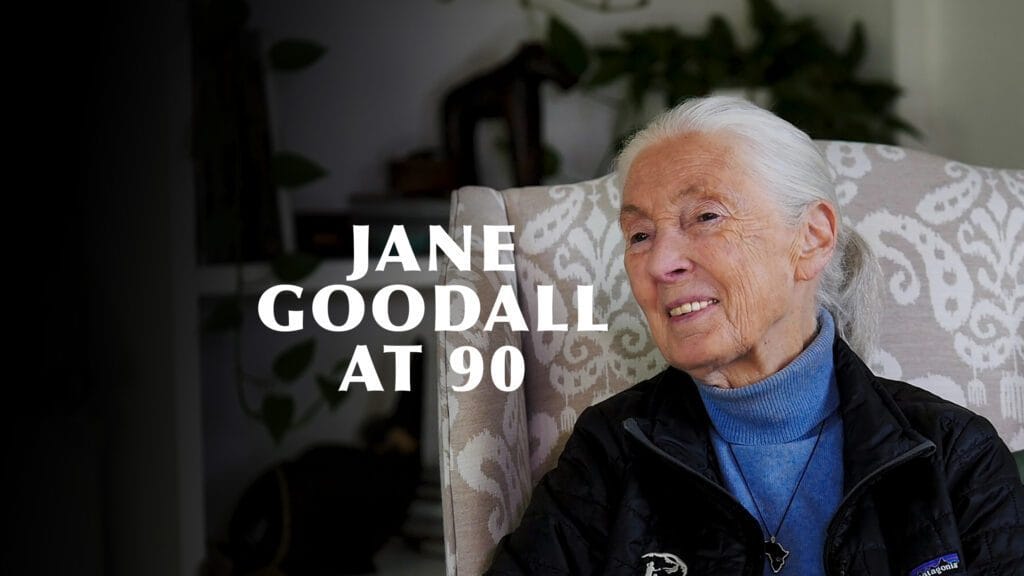
Expert Views on Her Early Impact
Dr. Anthony Collins, JGI veteran: “Jane Goodall young changed everything. At 26, her untrained eye saw chimps as individuals, forcing science to rethink sentience.”
Primatologist Frans de Waal: “Her youth brought clarity—naming chimps wasn’t whimsy; it was truth. She taught us animals feel, act, live like us.”
Jane Poyner, Roots & Shoots: “Young Jane’s courage in Gombe inspires our kids today. Her early work cut poaching by empowering locals.”
Experts agree: Goodall’s youthful lens—unclouded, empathetic—recast science’s soul.
Q&A: Young Jane Goodall’s Journey
Q: What drove Jane Goodall as a young woman? A: A toy chimp, adventure books, and her mother’s belief fueled her African quest.
Q: How did her youth shape her work? A: Lack of training freed her from dogma, birthing empathetic methods.
Q: What challenges did young Jane face? A: Sexism, jungle perils, and academic scorn, all met with grit.
Q: How did her early discoveries matter? A: Tool use and chimp emotions redefined intelligence, ethics.
Q: Can young people emulate her? A: Yes—Roots & Shoots proves passion trumps privilege.
Summary
Jane Goodall young was a force of curiosity and courage, transforming primatology from a Bournemouth backyard to Gombe’s jungles. At 26, her tool-use discovery and empathetic lens shattered scientific norms, proving chimps—and women—could redefine intelligence. Facing sexism and danger, she built JGI and Roots & Shoots, inspiring youth against a 90% chimp decline. Her early lesson? Dream big, start small, persist fiercely. Young Jane’s spark still lights our path.
Explore further:

